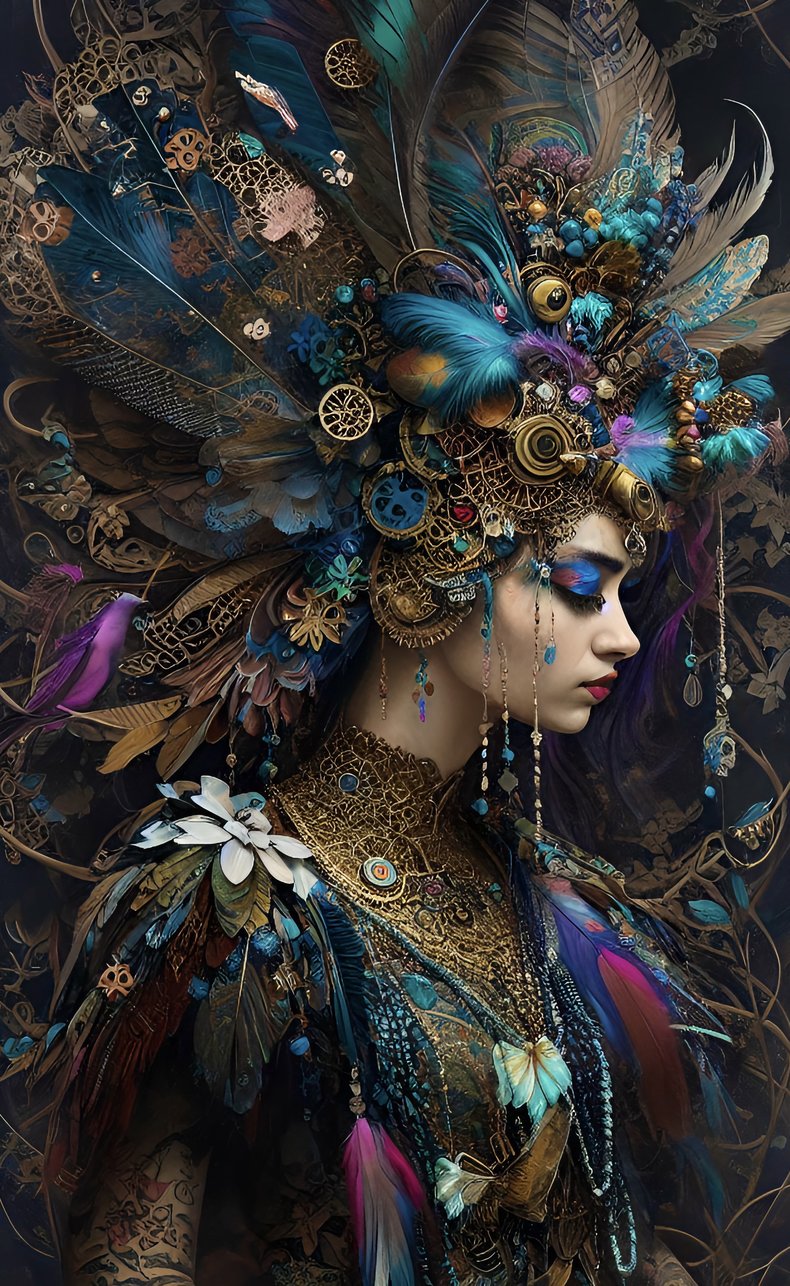
 |
A-Z | Popular | Blog | Design | Search » |
8 Types of Color Scheme John Spacey, updated on
 1. Analogous vs ComplementaryAnalogous colors have a similar hue and offer a unified feel. Complementary colors are pairs of colors that contrast with one another.2. Background vs ForegroundIn many cases, a different set of background and foreground colors are included in a color scheme that are typically either light-on-dark or dark-on-light. In other words, the background and foreground are usually contrast with one another. White or black are common choices for a background.3. Warm vs CoolPeople tend to perceive colors as having a temperature. This has implications for design both for finding colors that work together and for highlighting information. Cool colors feel comfortable, confident and easy on the eyes. Warm colors are striking, dramatic and attract the eye.4. Matching vs ClashingCombinations of colors are often described as either matching or clashing. The process of matching colors, known as color harmony, is more of an art than a science as there are no rules for matching. For example, the perception of color harmony differs by culture because cultural symbols such as flags or uniforms can influence people's ideas about color. As an example, it's common for people to avoid red and green together as it looks like Christmas.5. Light vs DarkEach unique color, or more accurately each hue, can be lightened or darkened by mixing with white and black. These combinations can be viewed using a monochromatic swatch that displays rows of the same color arranged from light to dark.6. Chromatic vs AchromaticA chromatic color is a pure hue free of tinting or shading. In other words, it's a color that hasn't been mixed with white or black. These tend to be more colorful than achromatic colors that have been tinted or shaded.7. Monochromatic vs PolychromaticMonochromatic is a term for a set of colors that all have the same hue blended with different levels of white and black. It is common for a color scheme to make use of a monochromatic set of colors. Polychromatic is a term to describe the use of multiple colors.8. Bright vs DullSaturation is a basic measurement of a color that can be defined as the perceived intensity of a color viewed directly without a background. It's measured on a scale that ranges from bright to dull.Color TheoryThis is the complete list of articles we have written about color theory.If you enjoyed this page, please consider bookmarking Simplicable.
DesignA comprehensive guide to design.Color TheoryAn overview of color theory.Layout vs Composition
The difference between layout and composition.
Modeless vs Contextual
The difference between modeless and contextual user interfaces explained.
Types Of DesignA list of common types of design.Design ProcessThe steps in a design process.Design QualityThe common types of design quality.Universal DesignA definition of universal design with examples.Sensory DesignA definition of sensory design with examples.Emotional Design
An overview of emotional design.
EleganceThe definition of elegance with examples.Urban DesignA few common urban design terms.Green Walls vs Green Facades
The difference between a green wall and green facade.
Sustainable Urban DesignA list of sustainable urban design techniques.Passive Design vs Active DesignThe difference between active and passive design.Street Canyon
How a street canyon changes an urban environment.
Parti Pris
An overview of parti pris in architecture with an example.
City IssuesA list of common city issues.Community ProblemsA list of common community problems.Things In Cities
An a-z list of things in cities.
City TypesAn list of the common types of city.TrendingThe most popular articles on Simplicable in the past day.New ArticlesRecent posts or updates on Simplicable. Site Map
© 2010-2023 Simplicable. All Rights Reserved. Reproduction of materials found on this site, in any form, without explicit permission is prohibited. View credits & copyrights or citation information for this page. |